MICROPIGMENTATION OF BREAST AREOLES
In the area of the areola of the breast, the procedure of dermapigmentation of scars will help to regenerate scars, restore microcirculation, correct the tone and shape of the areola. The end result will surely please you. This is a procedure that restores a woman's self-confidence and inner comfort. Areolas will again acquire the desired shade and shape, and scars will become imperceptible.
Problems we solve
Asymmetry of the areola
Corrects uneven areola shape with precise drawing
Lack of Pigment
Restores the natural and healthy color of the areola.
Loss Of Contour
Restores a clear but natural contour of the areola.
Benefits
Natural Look
The areola looks visually complete and aesthetic.
Improving Well-Being
Helps to emotionally regain confidence after surgery.
Persistent Tone
The color persists for a long period of time.
Medical micropigmentation
The only way to make skin defects as invisible as possible today. This procedure allows you to hide skin tone defects caused by pigmentation disorders, surgery or trauma.
Getting rid of some aesthetic skin defects (scars, vitiligo, dyschromia, stretch marks, etc.) with the help of standard cosmetic procedures will not succeed, after laser and other cosmetology application services, skin rejuvenation, it will only help to smooth the skin as much as possible, but it will not be able to correct discoloration in damaged areas.
About the procedure
The pigments are dermatologically tested, do not contain toxic substances and do not cause allergic reactions, in addition, the density of their coating creates a homogeneous coating resembling the natural layer of melanin.
The procedure is performed under local anesthesia and is completely painless, without the need for a recovery period. To achieve maximum results, the surface must be normotrophic and, as a rule, several sessions are required, the number of which is determined individually.
Post-procedure care
The treated area should not be wetted in water (shower, pool, sauna), sunbathe or use cosmetic products, with the exception of products recommended by a specialist. Scrubbing, scraping and peeling of the pigment of the areas should be avoided, since the duration of healing depends on the characteristics of the skin and the complexity of the procedure.
Before the procedure, the client receives detailed recommendations to ensure a safe and successful recovery.
Features of the procedure and post-procedure care
Medical micropigmentation provides a safe, painless and long-lasting color consistency for up to 3 years, while proper post-procedure care guarantees optimal preservation of the result.
⚠️ Important Considerations
- Not recommended during pregnancy or breastfeeding
- Avoid taking blood-thinning medications 48 hours before
- Avoid sunbathing for 2 weeks in advance
- inform us about any skin diseases or allergies
- Avoid alcohol and caffeine 24 hours before the procedure
Correction of micropigmentation procedure
The correction session is an essential continuation of the micropigmentation process, which is usually carried out 30-45 days after the initial procedure to assess how the pigment has consolidated in the skin and how it has reacted.
At this stage, the master checks the persistence of the pigment - depending on the characteristics of the skin, it remains from 20% to 100% - and determines the necessary tonal or design adjustments. Correction is not a correction of errors, but a thorough strengthening of the effect, in which it is possible to thicken the intensity, change the nuances in a warmer or cooler direction, as well as refine the contours of the drawing.
Proper preparation for correction and careful post-treatment ensure a long-lasting and optimal result.
Services and prices
Dermapigmentation of one areola/ breast reconstruction
1.5 hours
150 EUROS
Dermapigmentation/ breast reconstruction of both 2 areoles
3 hours
300 EUROS
Anchor scar camouflage (1 scar)
About 1 working hour
100 EUROS
Correction after 1.5 months (1 scar) 50 EUR/ h
2.5 — 3 hours
100 EUROS
Rejuvenation
2.5 — 3 hours
200 EUROS
200 EUROS
Piesakies vizītei un konsultācijai
Apply for a visit and consultation
Piesakies vizītei un konsultācijai
Frequently Asked Questions
This rocedura is quite in demand and has a wide range of indications. Basically, the tuck is performed on women who are not satisfied with the appearance of their breasts - the area around the nipple, with time becomes lighter, has never been pronounced, there are postoperative scars.
Indications: problems associated with pigmentation, scars and their asymmetry.
The procedure is used for restorative purposes. With age, the pigmentation of individual areas of the areola changes and becomes less intense. Because of this, the breast area is uneven, which sometimes causes discomfort to the woman.
One procedure is not enough. The procedure lasts an average of 3 hours, is painless, if necessary we use an anesthetic cream. A correction visit is scheduled and is required after a month and a half. The tone is evaluated, how healed the skin is, what is its residue and correction is made, evaluating all the nuances of the previous work. If the scars on the chest are complex, then, most likely, scar therapy and definitely a third correction will be required, since in the scar area the pigment takes root worse and the final result requires several adjustments.
Dermapigmentation of the areolar zone is considered one of the safest procedures, just like any of the micropigmentation zones. The most important thing is who to trust, the specialist must be knowledgeable, competent and have experience both theroethically and practically in his field. The pigments that are used in the dermapigmentation of the areoles are also safe.
If you are planning a pregnancy in the near future, it is better to reschedule the procedure and carry it out six months after the end of breastfeeding.
With proper dermapigmentation procedure, complications are excluded. In other cases, unpleasant consequences are possible. The reasons are low-quality pigment, a defective device used to perform the procedure, as well as insufficient competence of a specialist.
The most common conditions and their causes:
PAIN AFTER THE PROCEDURE — This is not always a complication. The client may have a low threshold of sensitivity.
SWELLING — Depends on the quality of the material, the depth of introduction of the pigment. Under normal conditions, it disappears after 20 minutes, 2 hours, after a day. It is important that edema is not accompanied by other unpleasant sensations — itching, allergic reaction (immediate doctor's consultation is required).
SCABIES FORMATION — formation of scabs, skin tightness, as microlayering. This is not a complication, but a normal reaction to the procedure. Delamination occurs within 3-5 days, after 5 days you can evaluate the preliminary result, but after 20 days the color may change slightly, stabilize. The final result can be assessed only a month after the procedure.
Properly carrying out the procedure and observing all the rules of hygiene is the key to a beautiful result. Therefore, give preference only to proven salons with good reviews.
❗️ Moisturize: in the shower, pool or body of water, steam in the sauna;
❗️ It is important to use creams or products other than those issued or recommended by a specialist;
❗️ Being in the sun for a long time or sunbathing in a solarium;
❗️ Scraping, peeling, scrubbing or otherwise touching the mycelium of the skin;
❗️ The duration of skin healing depends on the characteristics of your skin and the degree of complexity of the procedure;
❕ Before the procedure, the specialist will introduce and give recommendations, which recommendations are important to follow.
During pregnancy, childbirth and lactation, strong hormonal changes occur in the female body, which are a contraindication to the procedure. Six months should pass, this time is enough for the body to recover.
By the way, if you plan to do a breast lift after breastfeeding, dermapigmentation of the areoles is performed after surgery, when all postoperative scars are healed, white. All these basic conditions help to accurately assess the required tone of the areola, and mask scars.
During the procedure, slight discomfort may be felt. How sensitive the procedure will be depends on the individual characteristics of each organism, sensitivity and pain threshold. Some women note that in particular rare camouflage goes even unnoticed and more pronounced sensitivity is precisely where the natural pigment is missing.
In any case, according to the individual wishes and intolerance of each, an anesthetic is applied before the procedure, which ensures the painlessness of the micropigmentation process.
For several days after the dermapigmentation procedure, it is recommended to use the recommended skin care products. How long the recovery period will last depends on the individual characteristics of the organism. This also applies to post-procedure care, during the healing period of the skin.
After the dermapigmentation procedure, special attention is paid to the breast area, so please observe the following:
❌ it is forbidden to sunbathe without a swimsuit, visit the solarium;
❌ go to baths, saunas, swim in hot water;
❌ visit the pool, open water;
❌ treat the skin with agents that are not prescribed during skin healing;
If you follow the recommendations, healing will be easy, comfortable and without unpleasant surprises.
There are no special requirements as such. After the areola procedure, you need to follow the simple recommendations of a specialist. This will speed up the healing process, help to achieve the desired effect and soon enjoy the desired result.
☑️ For the first days, do not remove the special coating that covers the area where the procedure was performed.
☑️ After removing the film, treat the area with chlorhydroxidine.
☑️ Pull the cotton bra so as not to irritate the skin unnecessarily.
☑️ Avoid visiting baths, saunas, solariums and hot baths. It is enough to take a warm shower.
☑️ Avoid drinking alcoholic beverages — they increase blood circulation.
✅ For more detailed recommendations, taking into account individual characteristics, please contact.

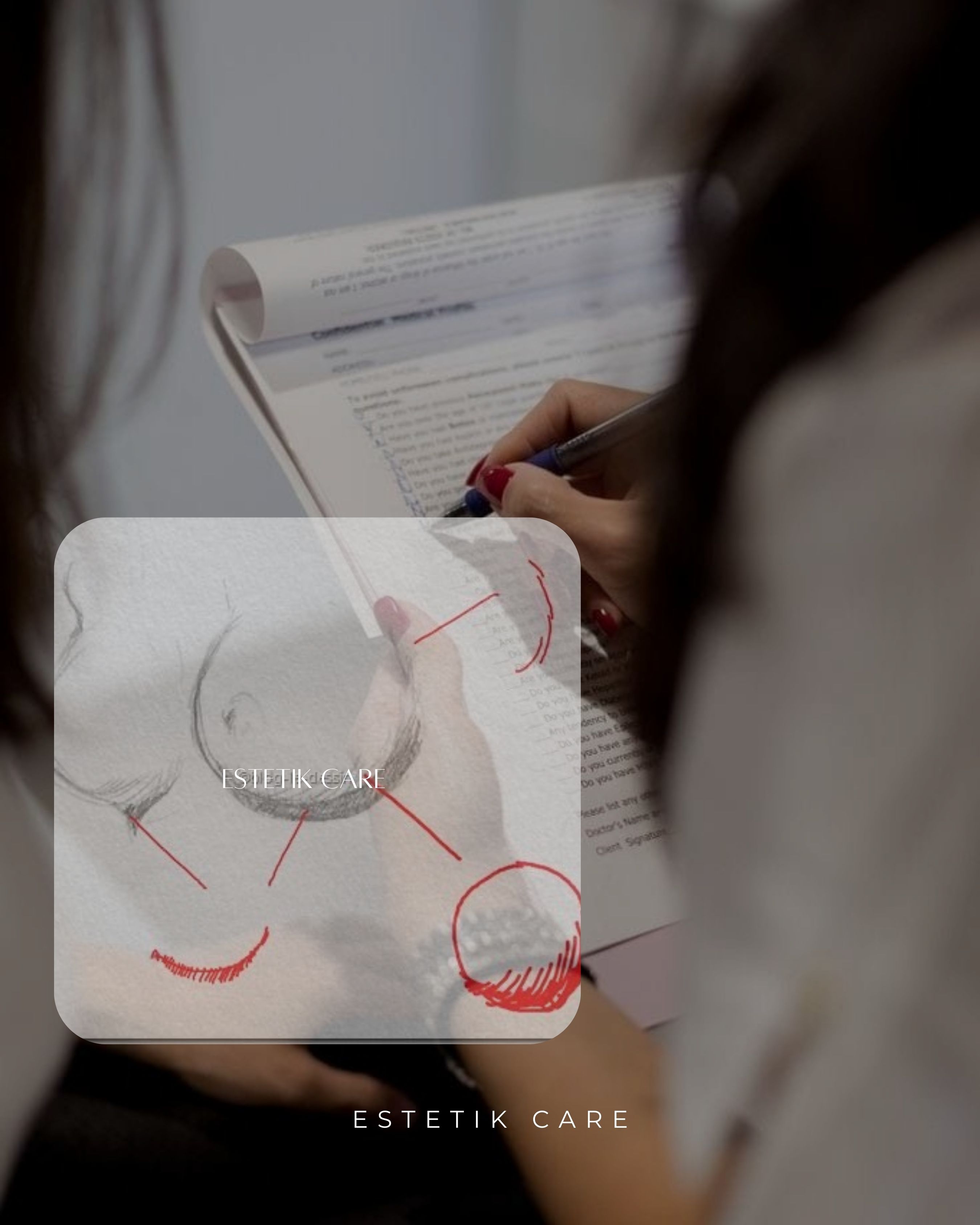
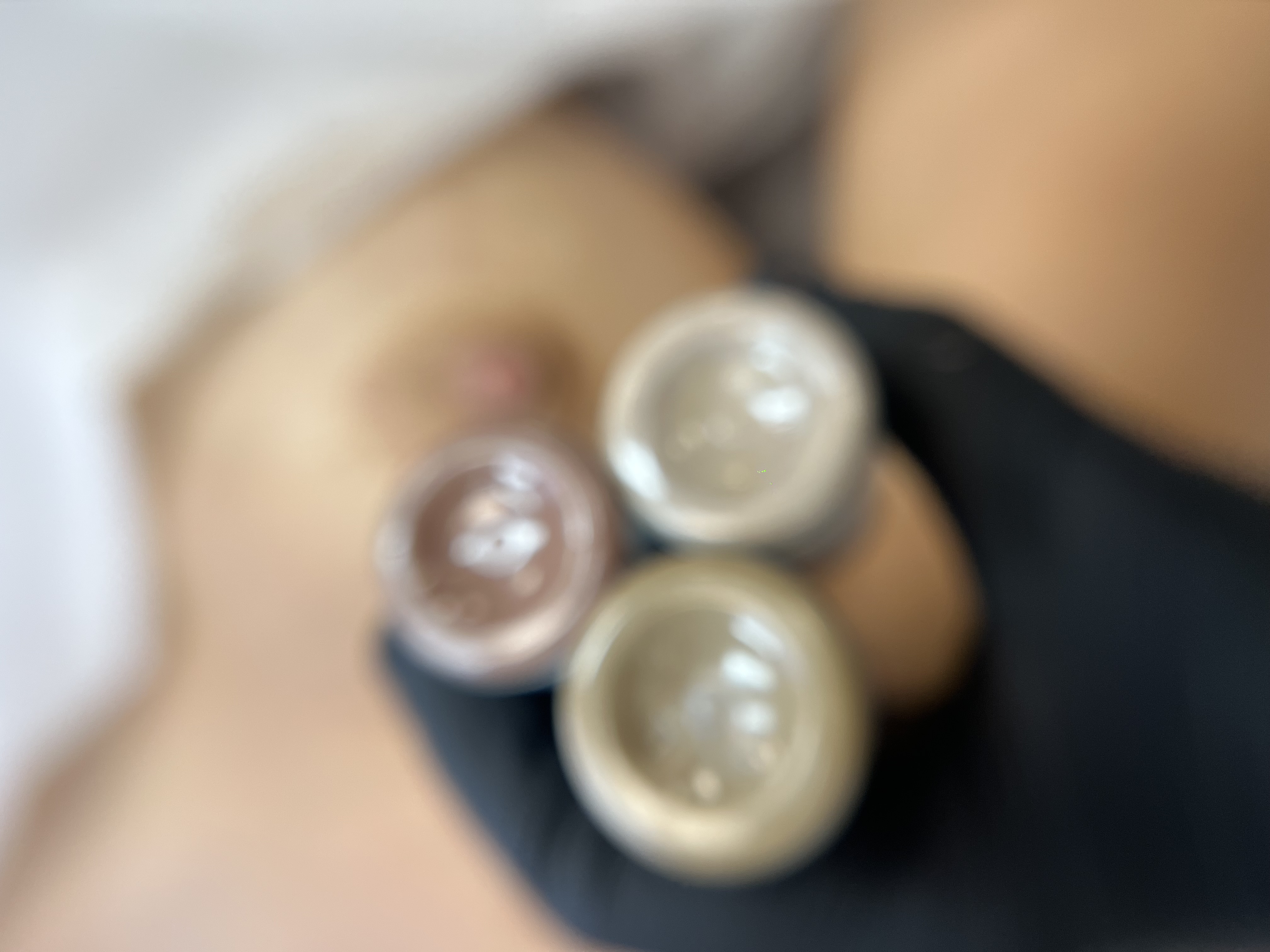
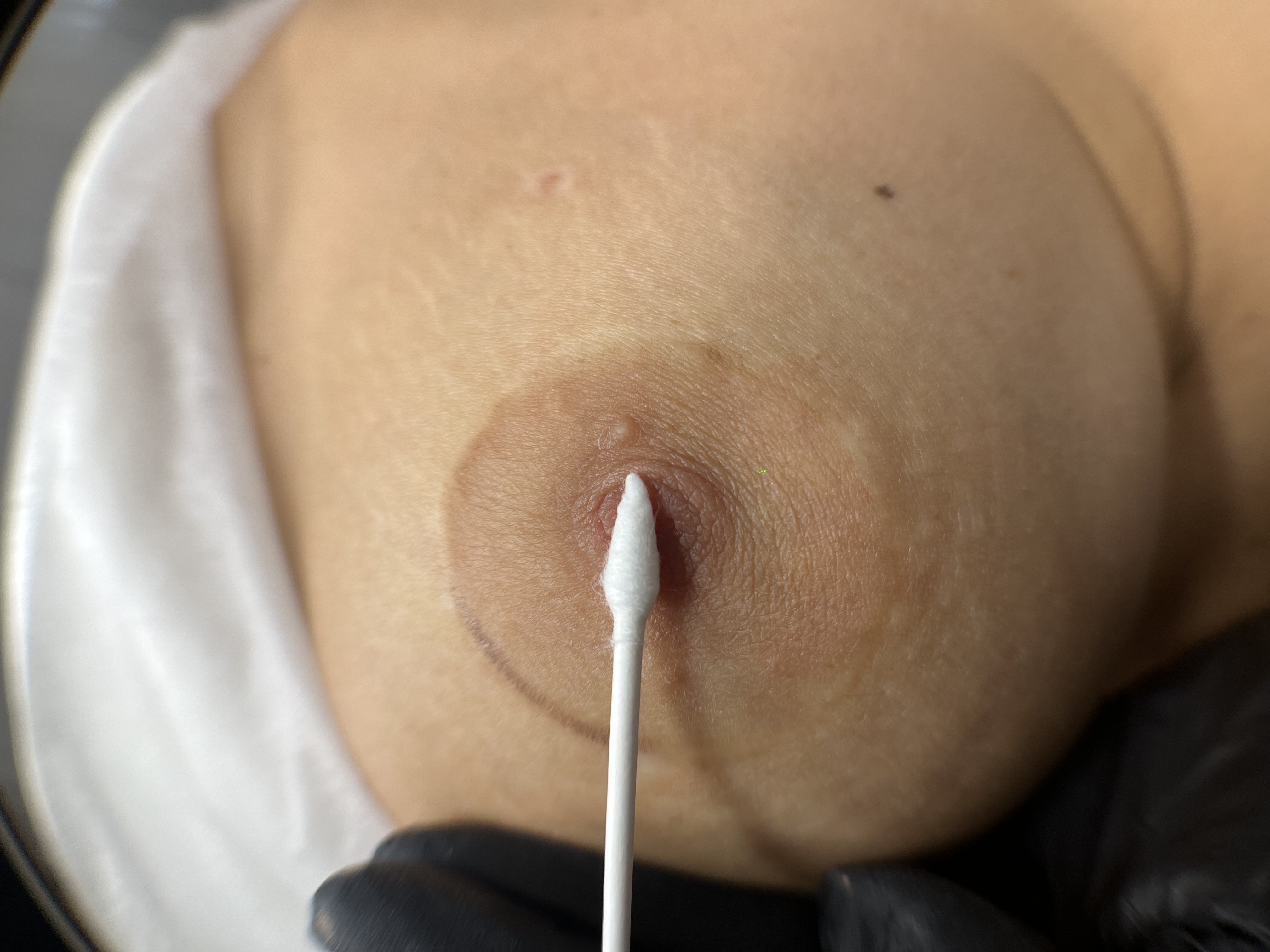
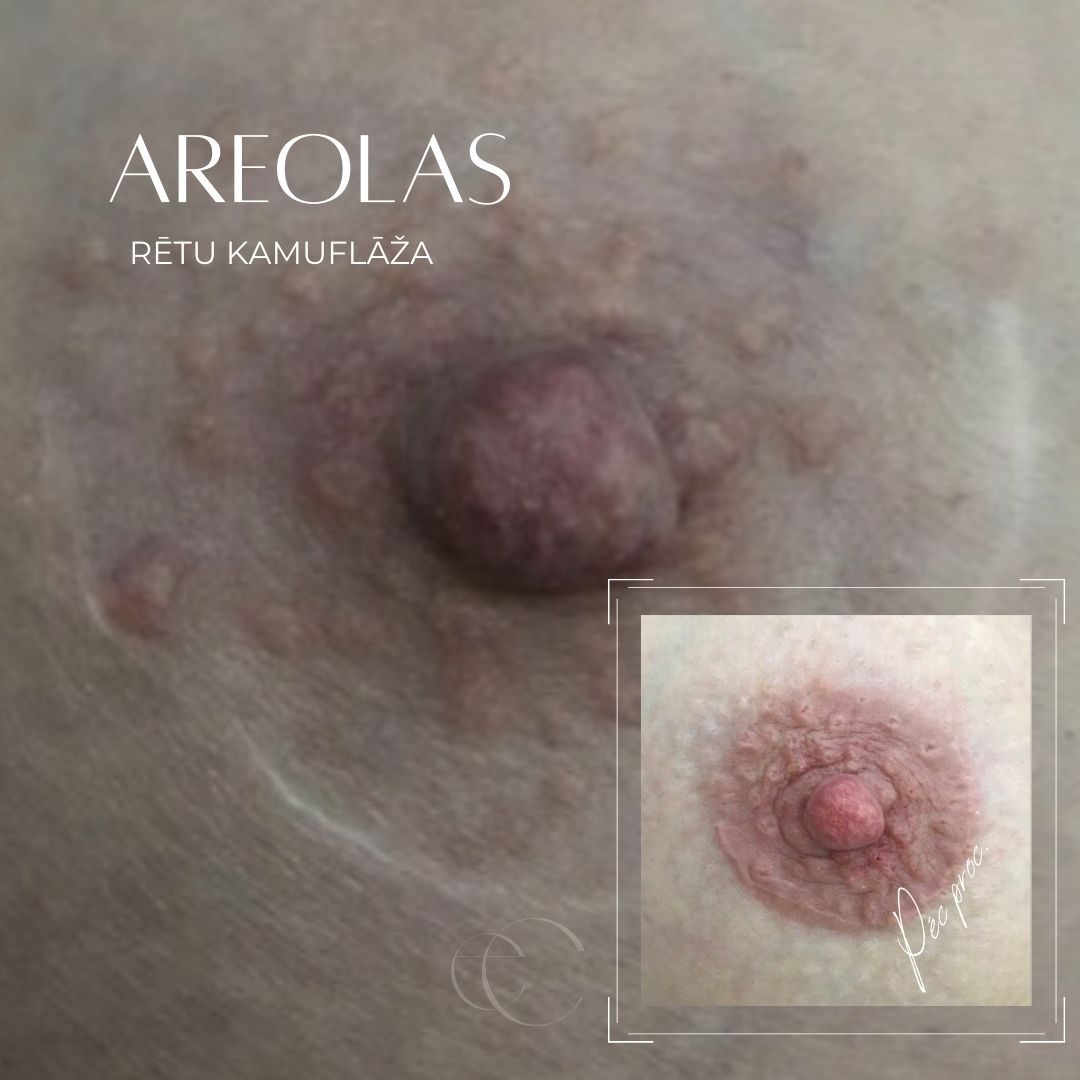
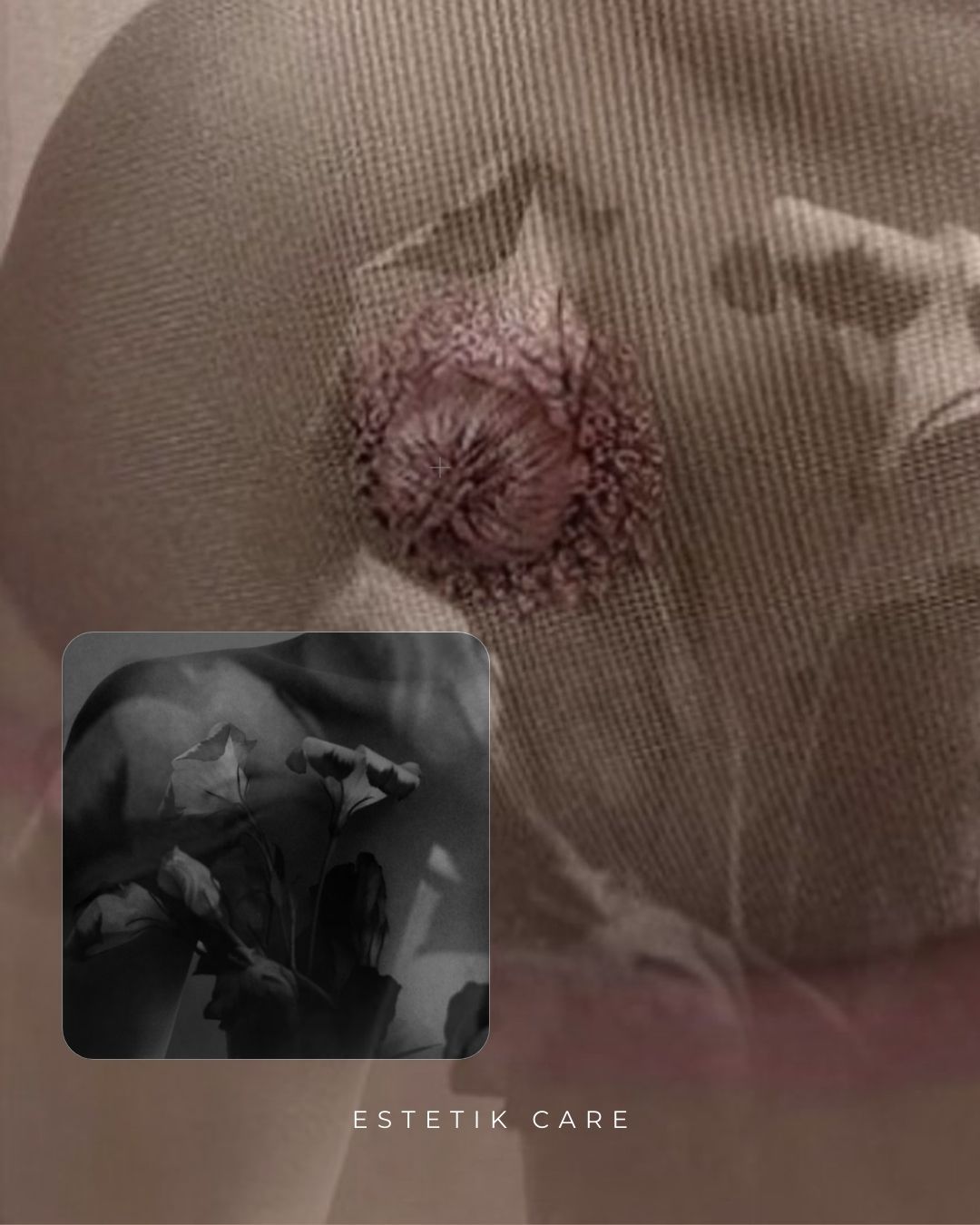


.jpeg)
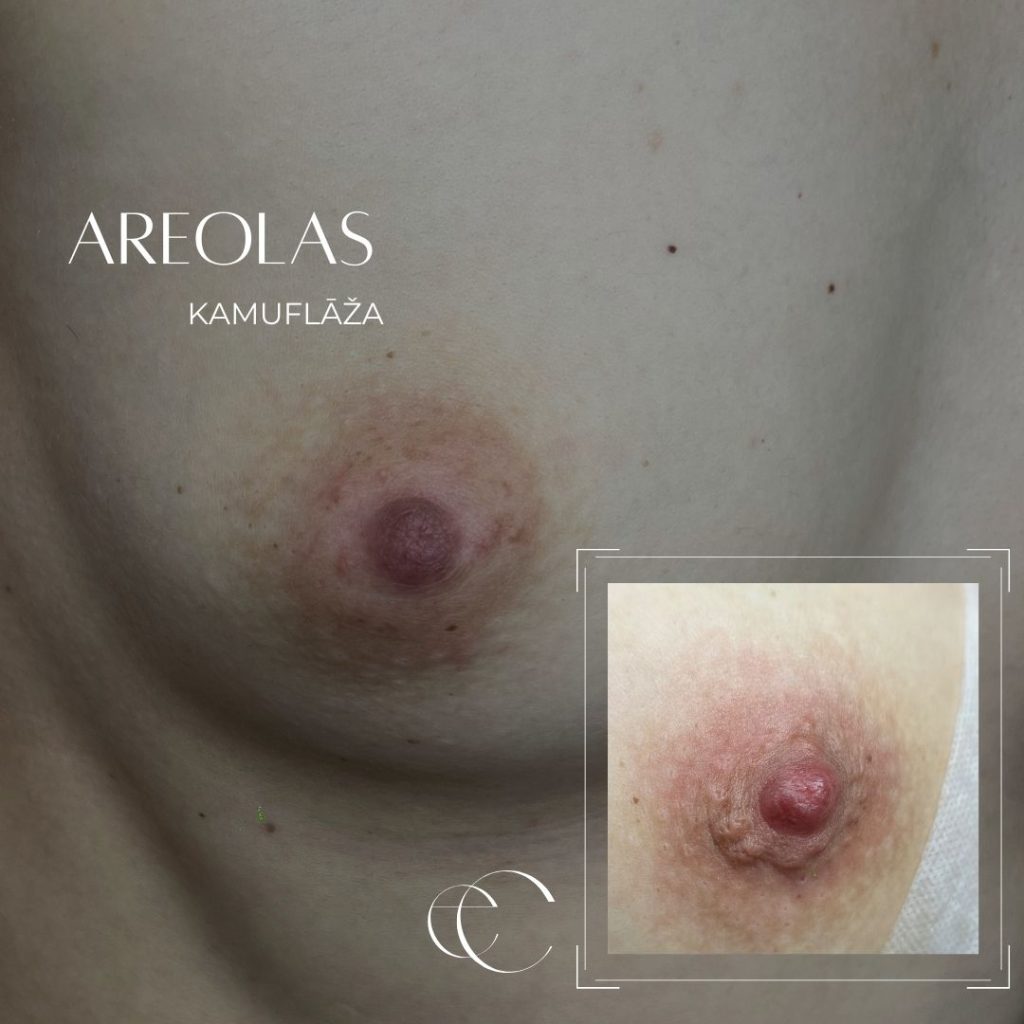
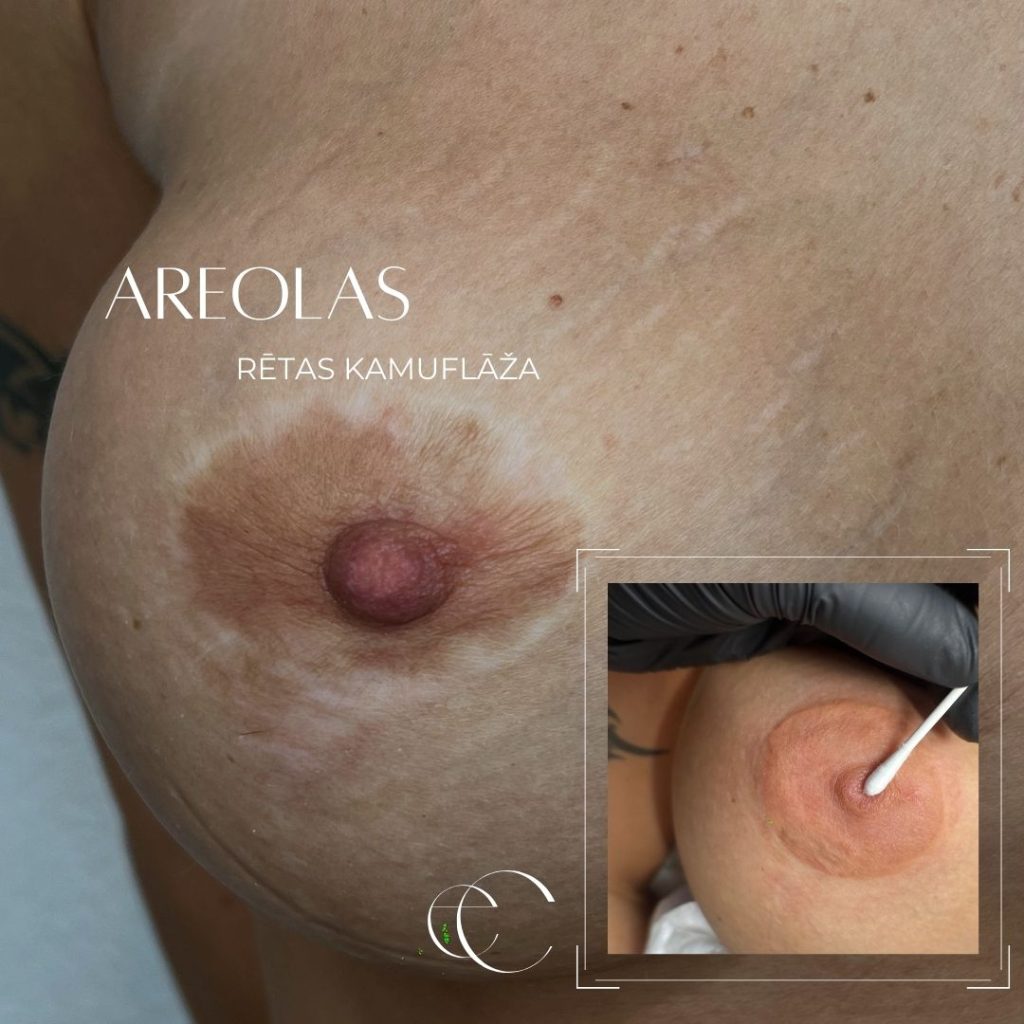

.png)